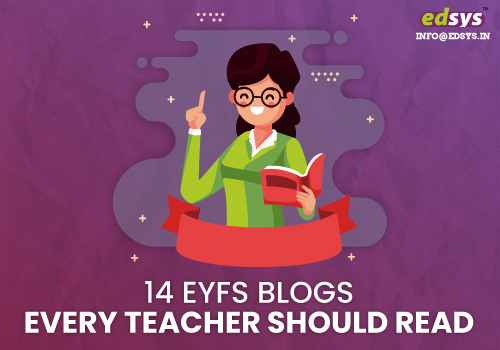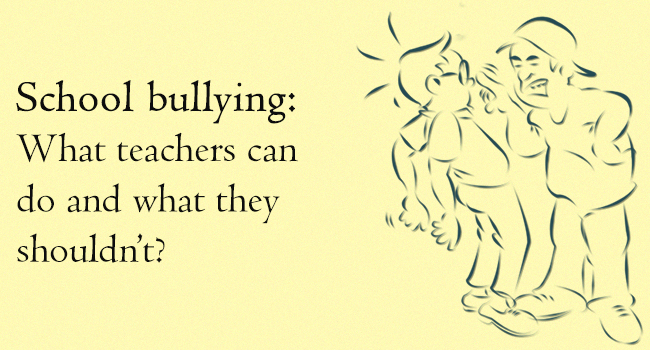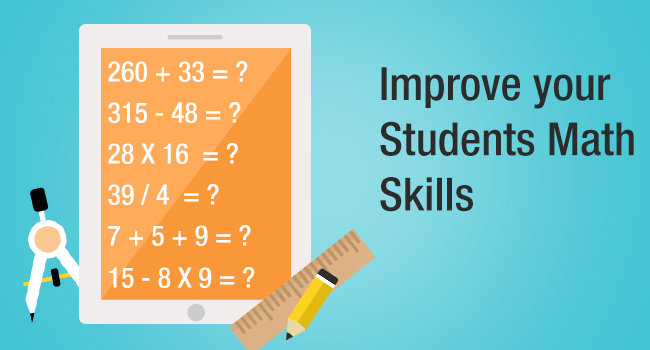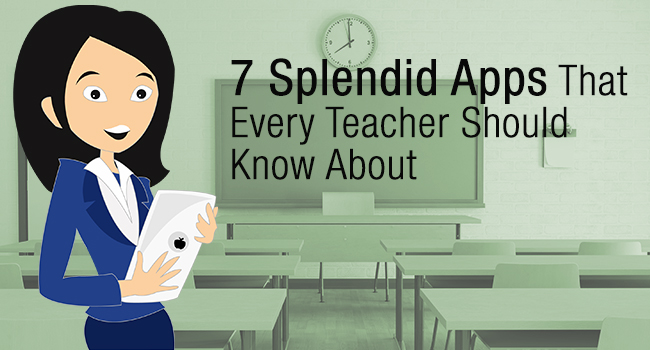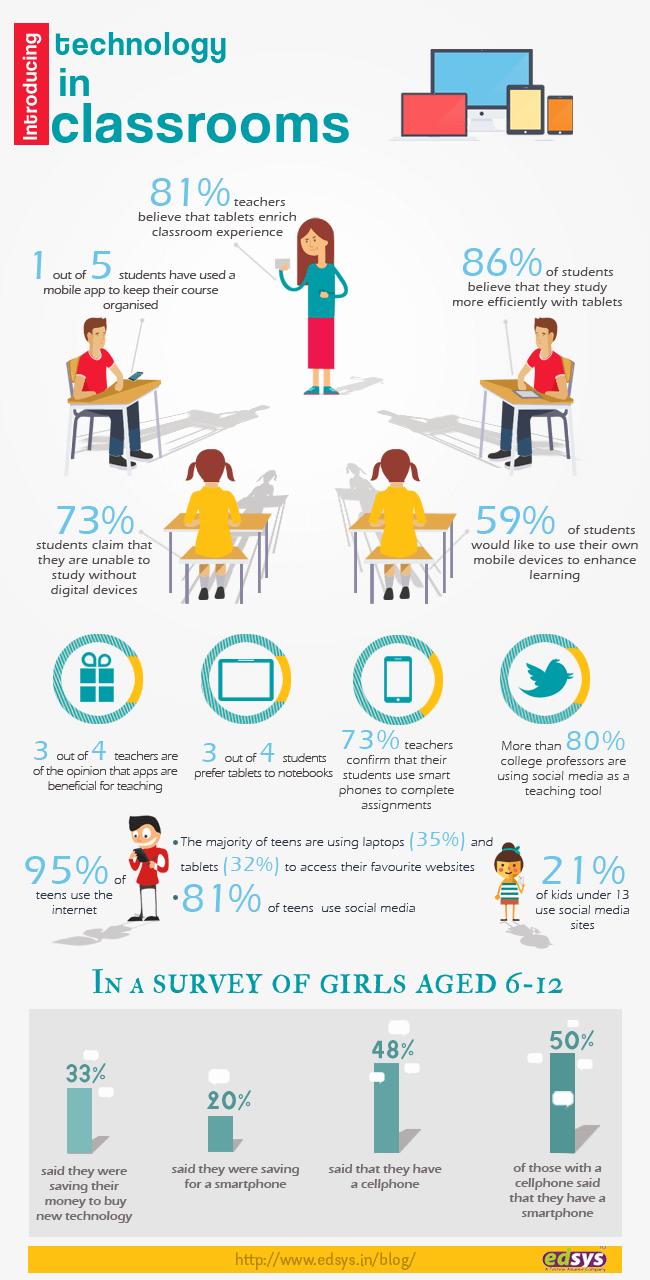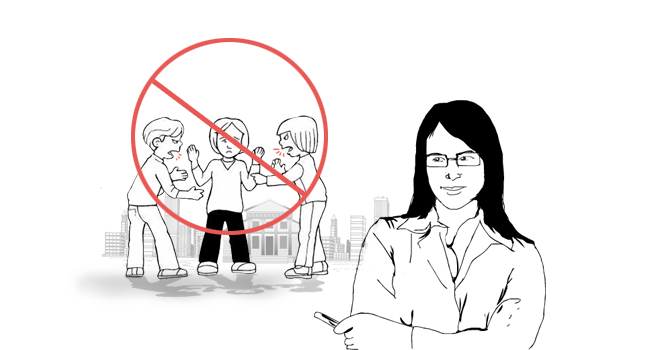“An investment in knowledge pays the best interest.”– Benjamin Franklin
While worries about the quality of private education institutions minimises with the involvement of organizations such as KHDA, EYFS makes necessary steps to encourage activities among children.
But are we really concerned about the process of learning? Anything taught to them, must be taught well. That’s really significant. In fact, it’s the essence of EYFS as well.
Teaching Them Time:
When it’s about teaching children, the whole new concept of time is far more complex than it appears. There are numerous doubts that children faces.
Like in many other tasks, mobile applications come to the rescue this time too. There are smart applications out there that help in teaching children the concept of time.
Check out some of the smartest apps that help you with this:
- Learn to Tell Time
Learn to Tell Time is an innovation of Redbytes, a team known for making attractive apps for children. The whole concept of time is taught by this fascinating app in a simple way.
This mobile app has two different learning options for the users to select from- Auto Learning and Self-Learning. Introduction to both analogue and digital clock, its features and purposes are done by the app.
Activities of the app
Age appropriate activities are added advantage of Learn to Tell Time. Activities of the app includes
- Matching: The activity is really simple. Digital and analogue clocks showing the same time should be matched by the child.
- Set Time: Asks child to set time on the clock and evaluates them.
Each aspect on the app is designed with utmost simplicity.
2. Jungle Time learn how to tell time
Jungle Time is an interactive app that teaches children how to tell time. The time can be set in multiple skill levels. It teaches both 12- hour and 24- hour clocks in both analogue as well as digital formats.
Jungle Time can be set to numerals in order to make it look little tough. The clock in the app can be set to different animal faces. Children find it fascinating when they receive smiles and roars for the right answers. It is possible to drag the clock hands to set time, just like a real clock. Jungle Time works well and looks great.
- Tick Tock app
Tick Tock is a fascinating app used for learning to tell time. The app can be set in multiple levels, which is really important for telling time. You can start with 0’Clocks and then move up to Half Past, Quarter to, 25 past etc.
- It has a basic look compared to other apps, with just a smiley clock face.
- It teaches from analogue to digital and vice versa
- Digital to words and back again
- Analogue to and from words
The operation of the app is little complex, but once you understand, it works fine.
- Telling The Time
Telling The Time app cover three ranges 4-5, 6-8 and 9-11. It includes the practice of key concepts. The app helps children to learn the concept step by step.
The app helps children to learn o’clock, days and months to telling the time to the minute in 12- and 24-hour format and calculating time intervals and durations of train journeys.
Each app in Telling the Time has got three main areas:
- Quick quiz section that consist of selection of random questions that helps children to decide what to practice and when to take a progress test
- Practice quiz helps to build confidence
- Progress tests helps to grade ability of children and track scores that matches to National Curriculum expected progress.
- Around The Clock app
Quite different from conventional apps that teach children on telling time, Around The Clock app concentrates on teaching children about time and clock.
The app includes interesting games such as alarm clock ring, breakfast and packing backpacks along with a wide range of challenges, waiting during the day.
24 mini games are available one for each hour. There are wide ranges of games with different challenges. The illustration of the app is beautiful. It’s easy as well as fun to use.


